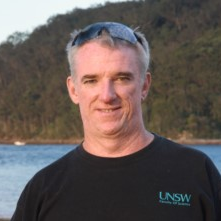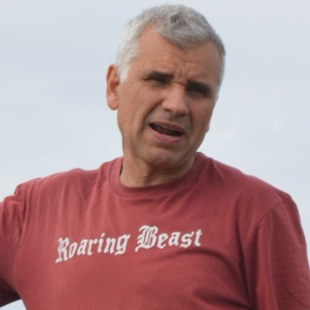Reviews and Recent Advances on Gemology
A special issue of Minerals (ISSN 2075-163X).
Deadline for manuscript submissions: closed (30 April 2014) | Viewed by 12561
Special Issue Editors
Interests: gem minerals; ore deposits; mineralogy; volcanic systems; gold mineralization; critical element mineralization
Special Issues, Collections and Topics in MDPI journals
Interests: gemology; mineralogy; spectroscopy
Special Issues, Collections and Topics in MDPI journals
Interests: ore minerals; critical metals; magmatic-hydrothermal ore deposits; mineralogy of hydrothermal alterations in porphyry-epithermal systems; mineralogy and genesis of gemstones
Special Issues, Collections and Topics in MDPI journals
Interests: ore deposits; porphyry-epithermal mineralization; mineralogy; geochemistry; fluid inclusions
Special Issues, Collections and Topics in MDPI journals
Special Issue Information
Dear Colleagues,
Gem materials have been appreciated since antiquity. Nowadays, gemology, i.e., the study of gem materials, is one of the most expanding fields in earth science. This is mainly due to new developments towards a more systematic gem mining, the new sophisticated (thus more difficult to detect) gem treatments applied to improve the appearance of gem materials, and the issues involved in identification of some synthetic gem materials. Moreover, recent statistics have shown that every year worldwide more than 10 billion euros are invested in the trade of diamonds and an additional 5 billion euros in the trade of other precious stones and materials. The purpose of this special issue is to publish reviews as well as recent advances on gemology. Articles that cover the spectroscopy, chemistry as well as formation and treatment of gem materials are welcome.
Dr. Ian Graham
Dr. Stefanos Karampelas
Dr. Panagiotis Voudouris
Dr. Vasilios Melfos
Guest Editors
Manuscript Submission Information
Manuscripts should be submitted online at www.mdpi.com by registering and logging in to this website. Once you are registered, click here to go to the submission form. Manuscripts can be submitted until the deadline. All submissions that pass pre-check are peer-reviewed. Accepted papers will be published continuously in the journal (as soon as accepted) and will be listed together on the special issue website. Research articles, review articles as well as short communications are invited. For planned papers, a title and short abstract (about 100 words) can be sent to the Editorial Office for announcement on this website.
Submitted manuscripts should not have been published previously, nor be under consideration for publication elsewhere (except conference proceedings papers). All manuscripts are thoroughly refereed through a single-blind peer-review process. A guide for authors and other relevant information for submission of manuscripts is available on the Instructions for Authors page. Minerals is an international peer-reviewed open access monthly journal published by MDPI.
Please visit the Instructions for Authors page before submitting a manuscript. The Article Processing Charge (APC) for publication in this open access journal is 2400 CHF (Swiss Francs). Submitted papers should be well formatted and use good English. Authors may use MDPI's English editing service prior to publication or during author revisions.
Keywords
- gemology
- mineralogy
- petrology
- geochemistry
- spectroscopy








